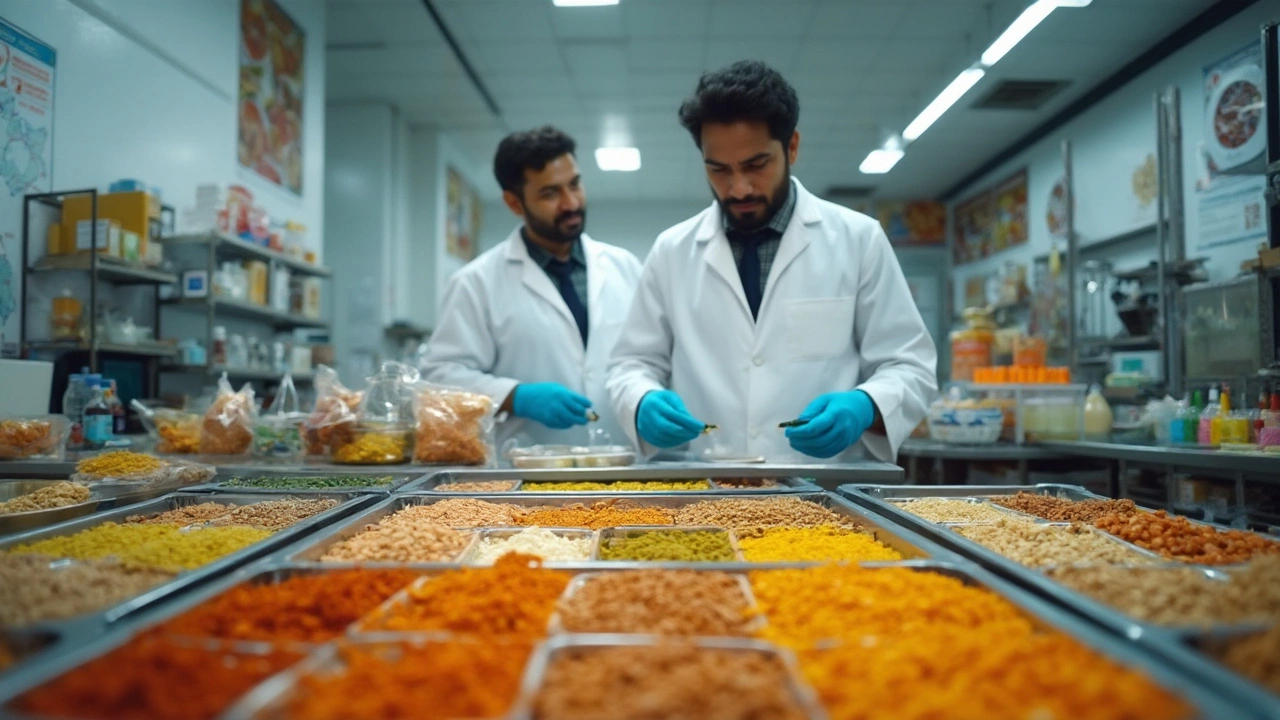Labeling in Manufacturing: Why It Matters and How to Get It Right
Ever grabbed a product and wondered what that little sticker actually tells you? In a factory, those tags are more than just paper – they’re the glue that holds information, safety, and workflow together. Good labeling can shave minutes off a line, stop costly mix‑ups, and keep regulators happy.
Why Good Labels Save Money and Time
First off, clear labels cut down on human error. When a worker sees a bright, easy‑to‑read code, they know exactly which part to pick, where to place it, and which test to run. That means fewer wrong‑part incidents and less rework. In a plant that moves thousands of units a day, even a 1% error reduction adds up to huge savings.
Second, labels help automate. Modern factories use barcode scanners, QR codes, and RFID tags to feed data straight into ERP systems. The moment a component passes a checkpoint, the system logs it, updates inventory, and tells the next station what to do. No manual entry, no guesswork.
Third, compliance is a must. Regulations like ISO 9001 or industry‑specific safety rules demand accurate labeling for traceability. A missing batch number can halt a shipment or trigger a recall. Proper labels keep you on the right side of auditors.
Practical Tips for Creating Effective Labels
Start with the basics: size, font, and contrast. A label that’s too small or uses a fancy script defeats its purpose. Use sans‑serif fonts, at least 10‑point size, and high‑contrast colors – black on white or white on a bold color works best.
Next, think about durability. Production floors are hot, humid, and full of chemicals. Choose materials that won’t fade, peel, or smudge. Polyester or vinyl films survive most environments, and a protective over‑laminate adds extra life.
Include only the data you truly need. Too much info cramped into a tiny space confuses operators. Typical fields are part number, description, batch/lot, serial number, and any safety warnings. If you need more details, link to a digital record via a QR code.
Standardize naming conventions across your site. When every department uses the same format for part numbers and dates, software can sort and search without hiccups. Consistency also trains new staff faster.
Finally, test before you roll out. Print a few labels, stick them on actual parts, and watch how they perform in real conditions. Check readability from a distance, scanability with your devices, and resistance to wear.
By treating labeling as a core part of the production process rather than an afterthought, you turn a simple sticker into a powerful tool for efficiency, safety, and compliance.
Ready to upgrade your labeling game? Start with a quick audit of existing tags, pick a durable material, and set clear design rules. Your line will run smoother, and you’ll avoid headaches down the road.

What Do Scientists Call Food? Science Behind Food Processing Units
Ever wondered what scientists really call food? This article breaks down the actual terminology experts use for the stuff we eat, especially in food processing units. We'll look at why plain 'food' isn't always specific enough, how ingredients get their official names, and how this all ties into what lands on your plate. Expect some practical tips on reading labels and a peek into the technical side of your favorite snacks. Get ready for a clear picture of the science happening behind your daily meals.
